In a world facing a multitude of serious environmental challenges, no-one is more aware of the need for urgent action than former astronaut Dr Mae C Jemison.
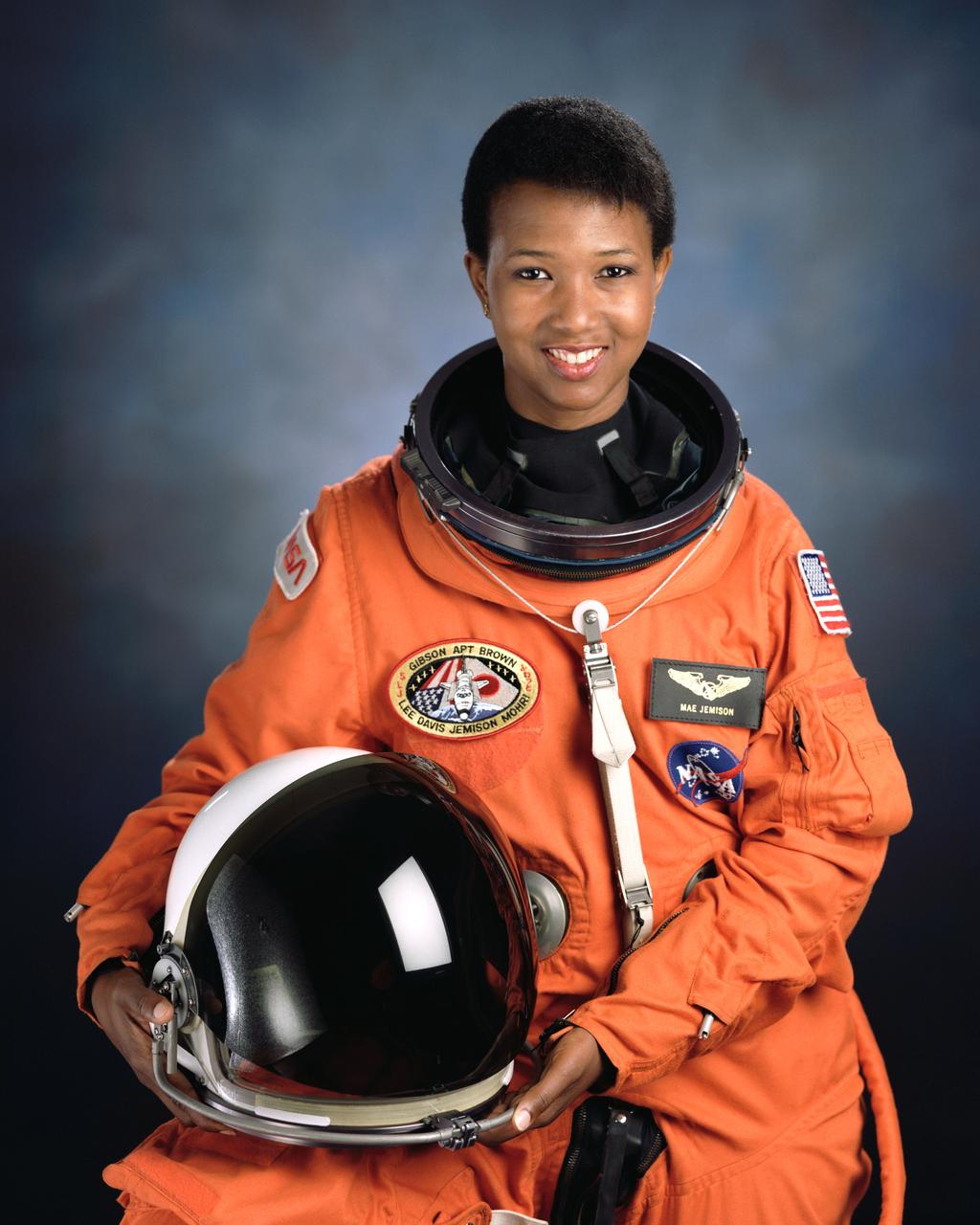
High on her agenda is a long-held desire to alleviate world hunger, help protect the integrity of biodiversity, and develop sustainable clean energy supplies for those currently without. Though not alone in her ambitions, Jemison believes that part of the solution may be found through interstellar travel – space exploration that takes astronauts beyond the solar system to the planets of another star.
Whilst much of the focus within the space community at present is centred on Mars, Mae believes the answers lie far further out in space. She believes it is only when we challenge ourselves to travel outside the Solar system that we will achieve long-lasting results.
Living on an interstellar spaceship for years at a time throws up all manner of technological, logistical and social challenges that allow us to rethink how we live on our own planet.
The extreme nature of interstellar travel, she argues “demands radical leaps in all of our disciplines, our knowledge, our technology, our systems, our capabilities. How we might operate on a starship that contains 5,000 people allows us the opportunity to apply that thinking to our starship [Earth] that we’re on right now”.
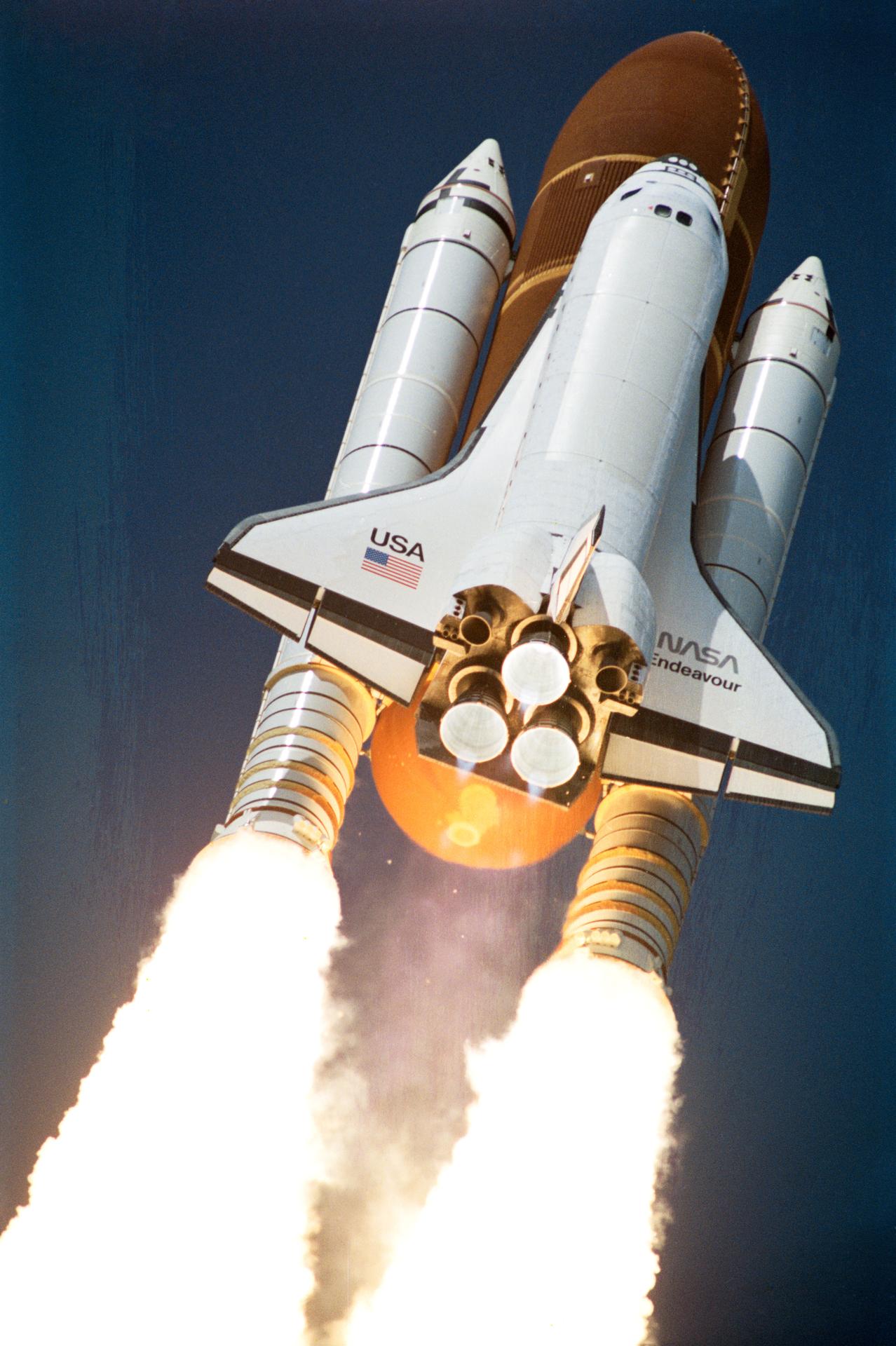
Jemison has never shied away from a challenge. Soon after leaving NASA she set up her first company to distribute advanced technologies to areas of the world that need them most.
A second company, which seeks to produce enhanced medical devices to help doctors better understand the human nervous system, builds on her own space mission experience on Shuttle flight STS-47. Whilst on board she was tasked with using special exercise techniques rather than drugs to help alleviate motion sickness – a problem that effects roughly 80% of all astronauts.
Today, her company is investigating whether the exercises can also help alleviate the debilitating symptoms of those suffering from conditions such as migraine or anxiety. She is also the founder of an international science camp that encourages young people between the ages of 12 and 16 to get more involved in science.
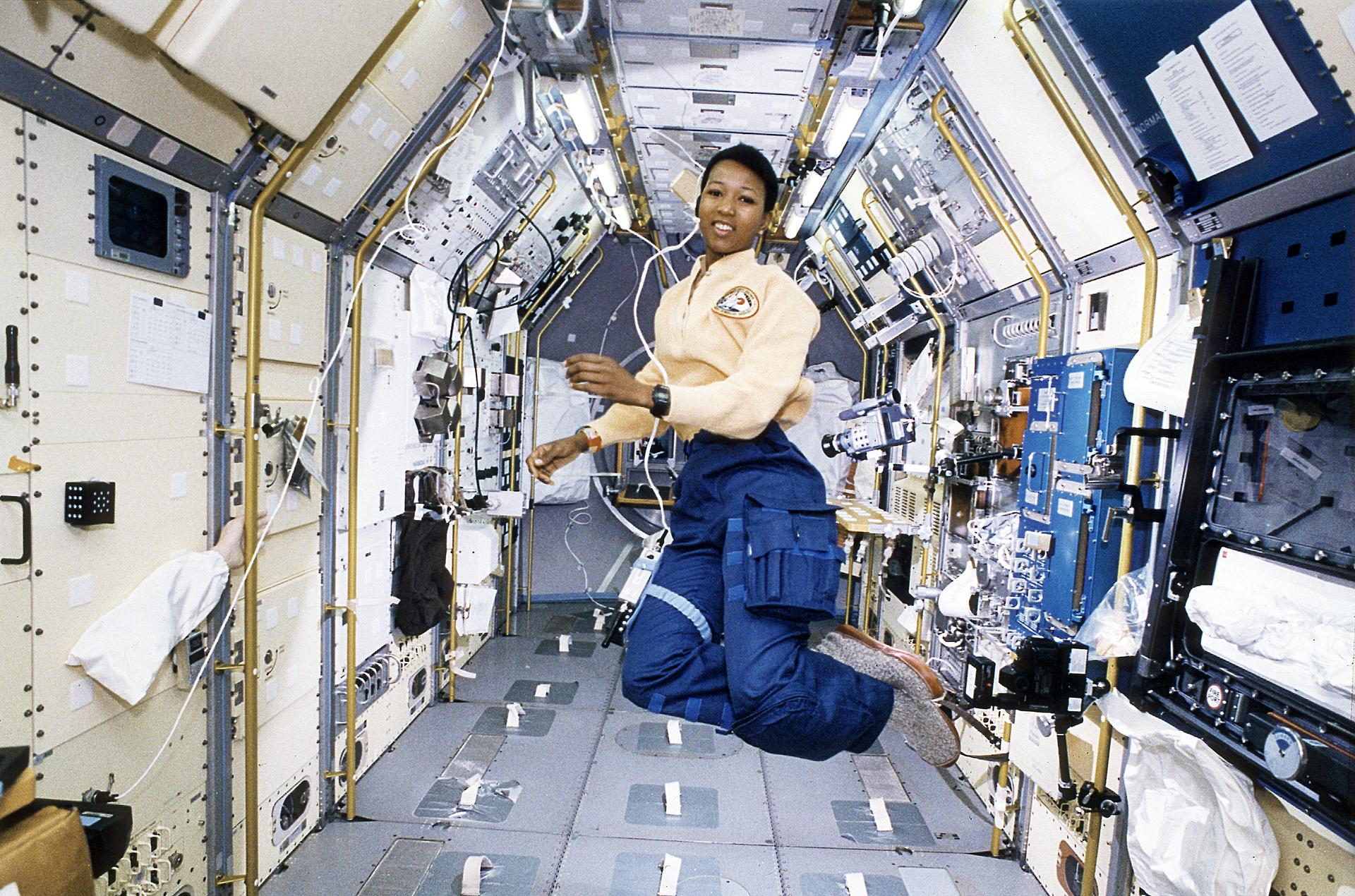
Mae herself has always been a devotee of scientific learning. Encouraged by her parents, who regularly took her to museums to help foster an interest in the world around her, she studied chemical engineering at Stanford University alongside a degree in African and African-American studies, later moving on to read medicine at Cornell Medical College.
From an early age she also exhibited a keen interest in astronomy and outer space.
“Growing up on the Southside of Chicago, I was just like every other kid. I loved space, stars and dinosaurs. I always knew I wanted to explore. At the time of the Apollo programme, everybody was thrilled about space, but I remember being irritated that there were no women astronauts.”
Years later in 1983, when Sally Ride rode into space as the first American female astronaut, Mae felt this was something she could now achieve herself.
Her first application to NASA in 1985 was unsuccessful as the Challenger disaster occurred soon afterwards and temporarily paused the astronaut recruitment programme.
In 1987 she tried again and this time was successful.
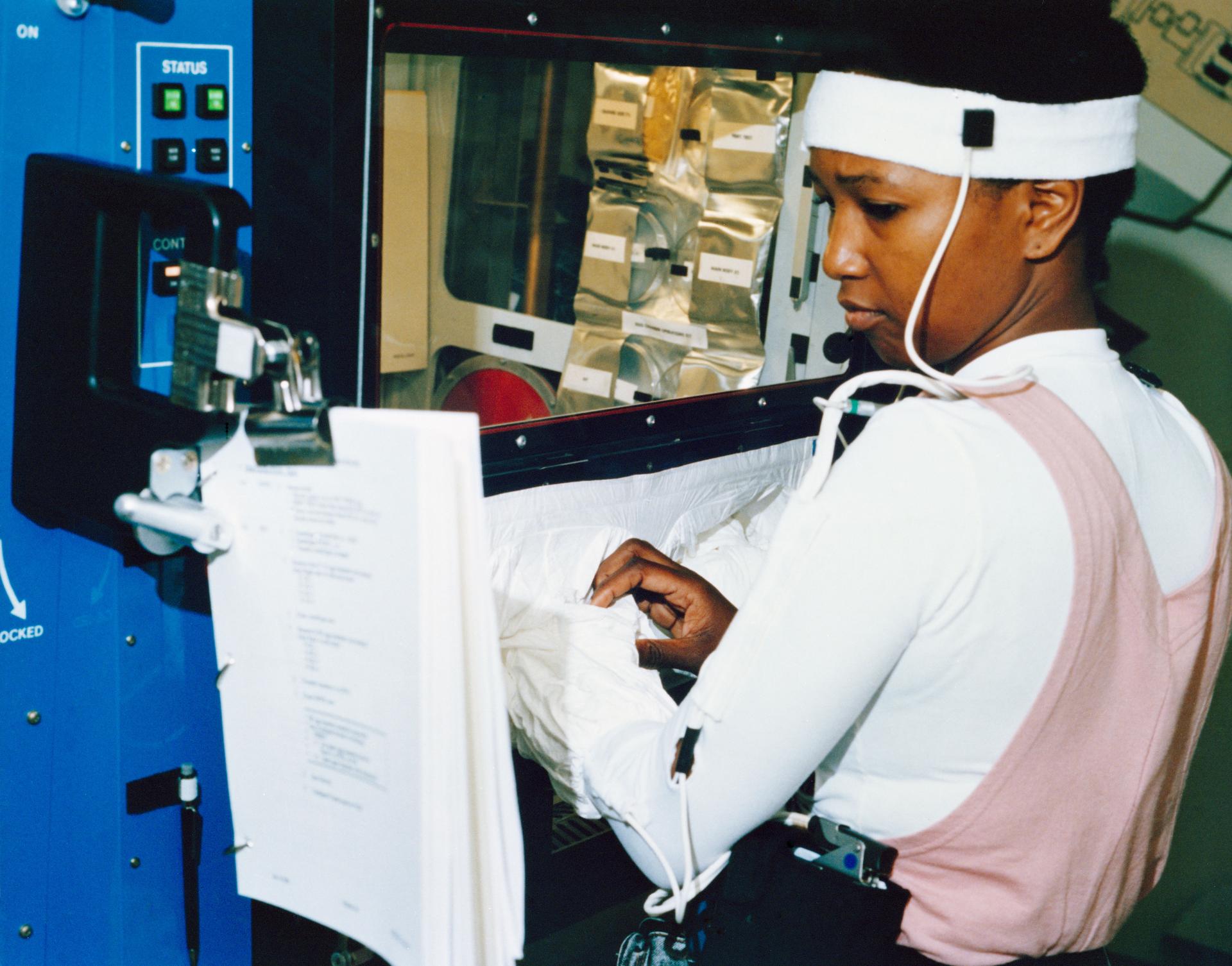
Following an intensive programme of astronaut training and months of ground duties at the Kennedy Space Centre, Mae finally flew into space in September 1992 as a Mission Specialist on the STS-47 Shuttle mission. She was the first female African American to go into space and carried with her a photo of pioneering aviator Bessie Coleman, the first African American to gain an international pilot’s license.
The mission set two other milestones: the first Japanese astronaut to fly aboard an American spacecraft– Mamouru Mohri – and the first married couple to go into orbit together – N. Jay Davis and her, then husband, Mark C. Lee.

The flight lasted eight days – or 190 hours, 30 minutes, 23 seconds – and carried an onboard laboratory built by the Japanese – Spacelab J. Inside the lab Jemison took responsibility for several of the 44 on-board life and materials science experiments. One involved her fertilising eggs from South African clawed frogs and noting how the tadpoles developed during the mission. She was also co-investigator on a bone cell research experiment.
Before each shift she announced her work was about to begin by declaring “Hailing frequencies open”, a quote from the original Star Trek television series she had so enjoyed watching as a child. Her love of Star Trek was cemented the following year when she flew back into space – this time on board the USS Enterprise in an episode of Star Trek: The Next Generation, the first astronaut to appear on the programme.
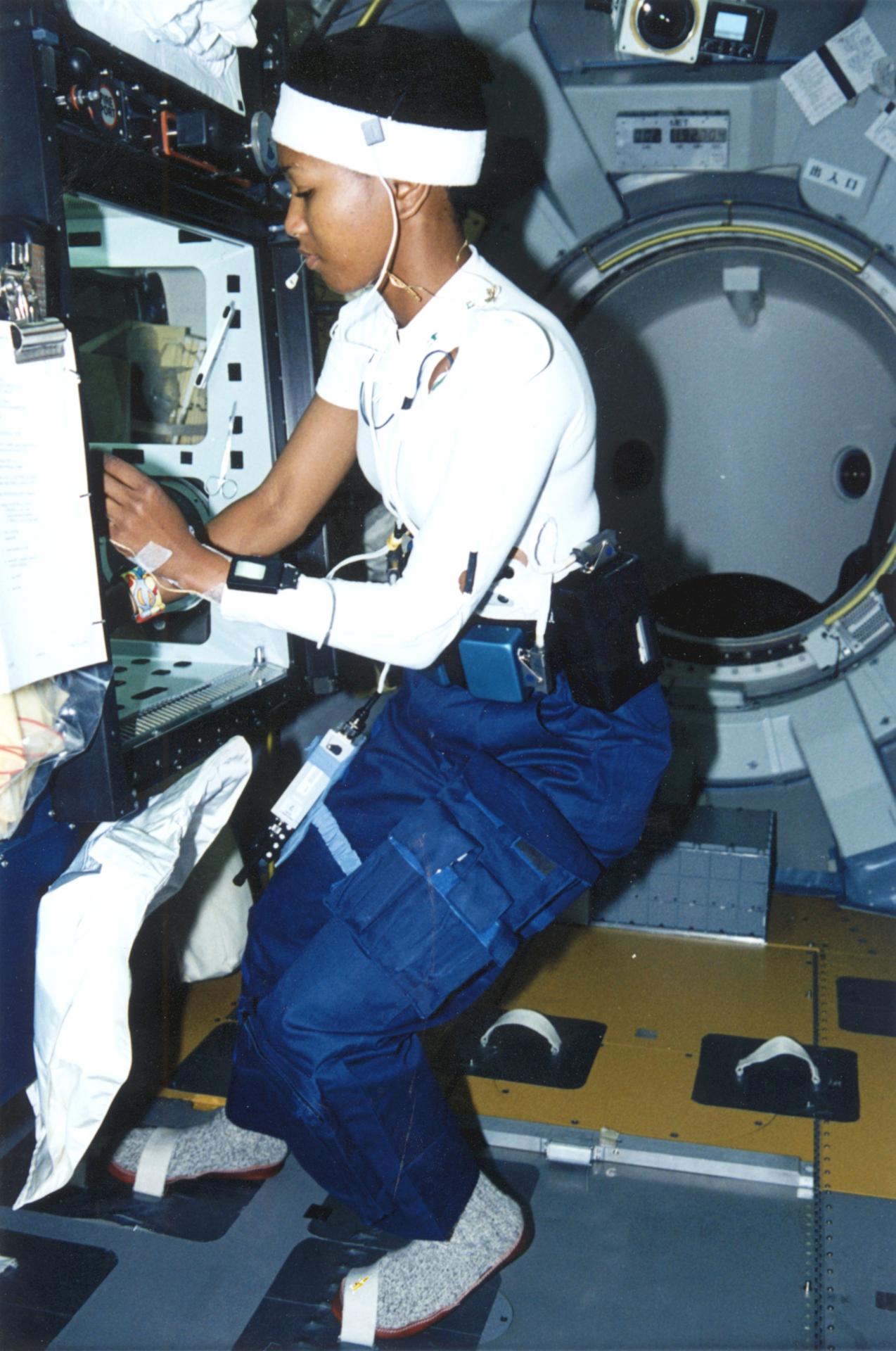
Before her flight Mae was placed into her launch suit by Suit Technician, Sharon McDougle. The two had an excellent relationship and Sharon admired how Jemison could be a normal person one moment and a “super doctor scientist” the next.
As an African American herself, Sharon was especially keen to make sure everything went smoothly recounting in a NASA interview: “I’m sure it was probably a little scary for her being the first African-American woman to go into space. So I wanted to do my part in making it special for her…and for me, because I was excited about being a part of history”.

Mae has never considered herself as a role model – just an ordinary person seeking to do their very best in whatever it is they choose to do. Today she looks back on her youth as a period of change when people started to insist on their right to participate.
She wants us all to do the same for the sake of ourselves and the planet. But to do that, she argues, we will all need to develop confidence and feed our minds:
“Don’t let anyone rob you of your imagination, your creativity, or your curiosity. It’s your place in the world; it’s your life. Go on and do all you can with it, and make it the life you want to live.”
A sentiment which, at the moment, none of us can afford to ignore.
From rockets to satellites, probes to landers, discover objects that are out-of-this-world in our Exploring Space gallery. Pre-book your free admission tickets for 3 – 16 December 2020 now.
